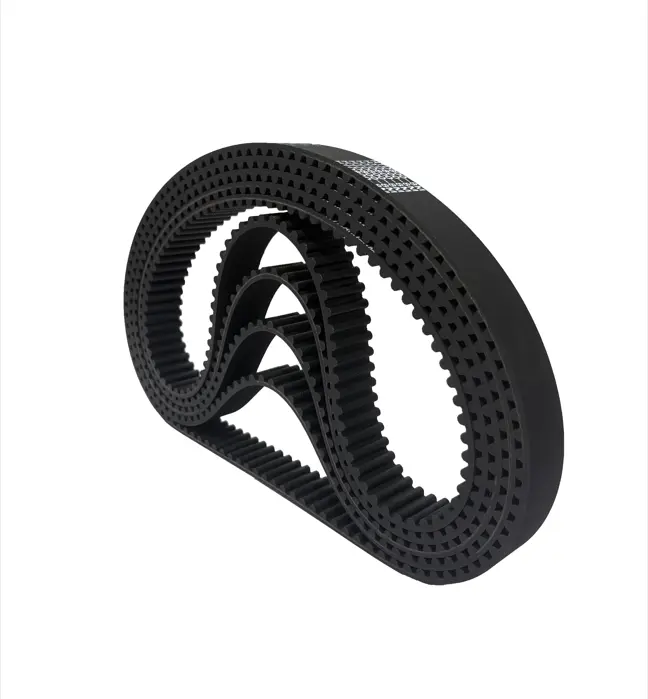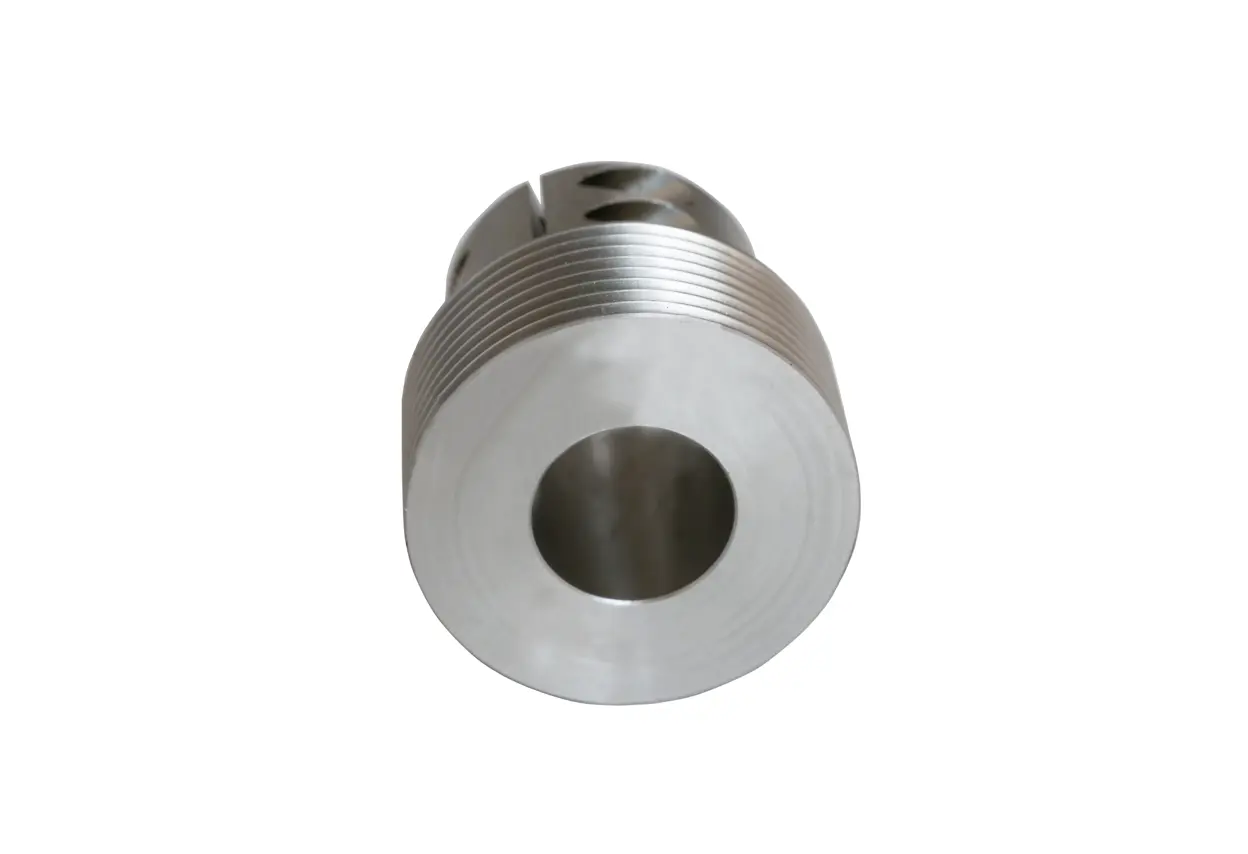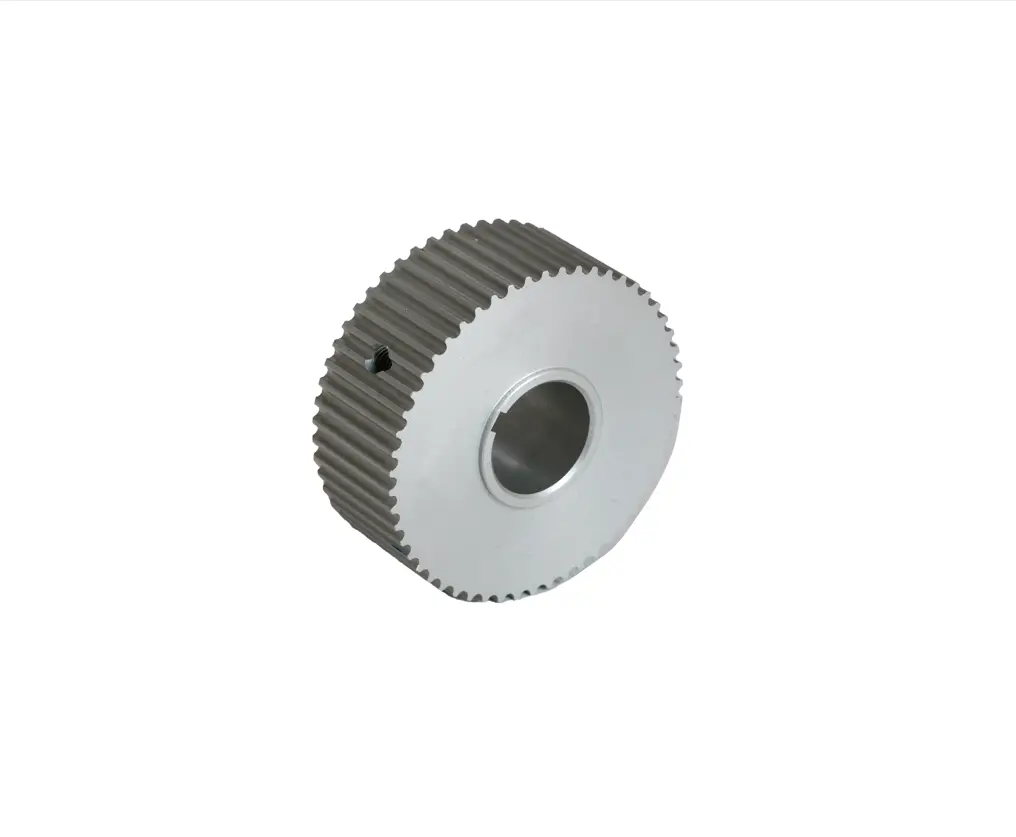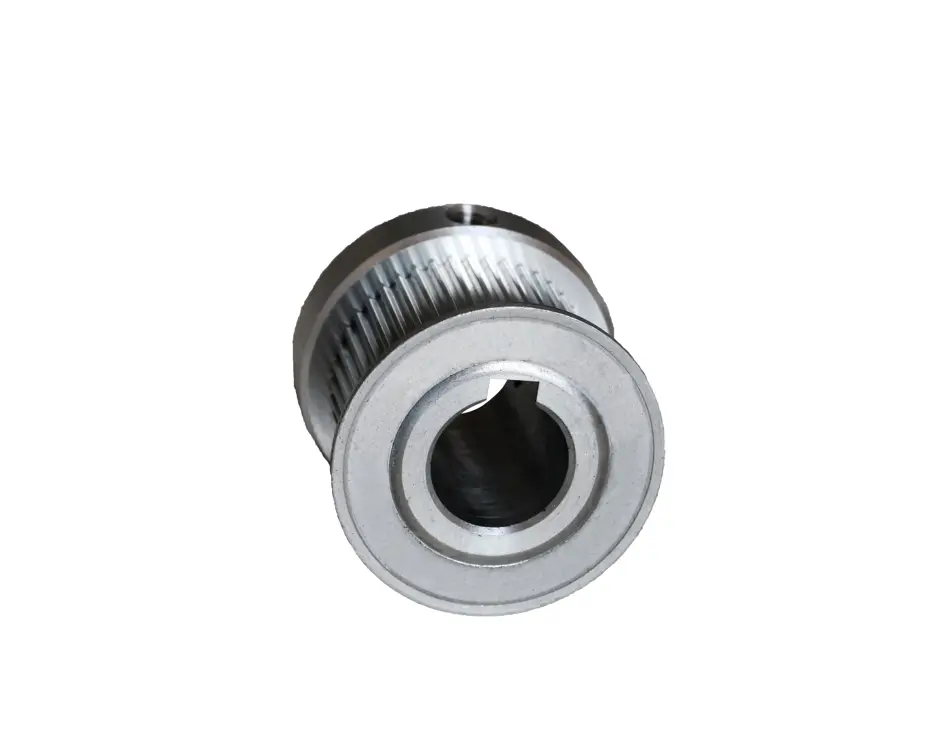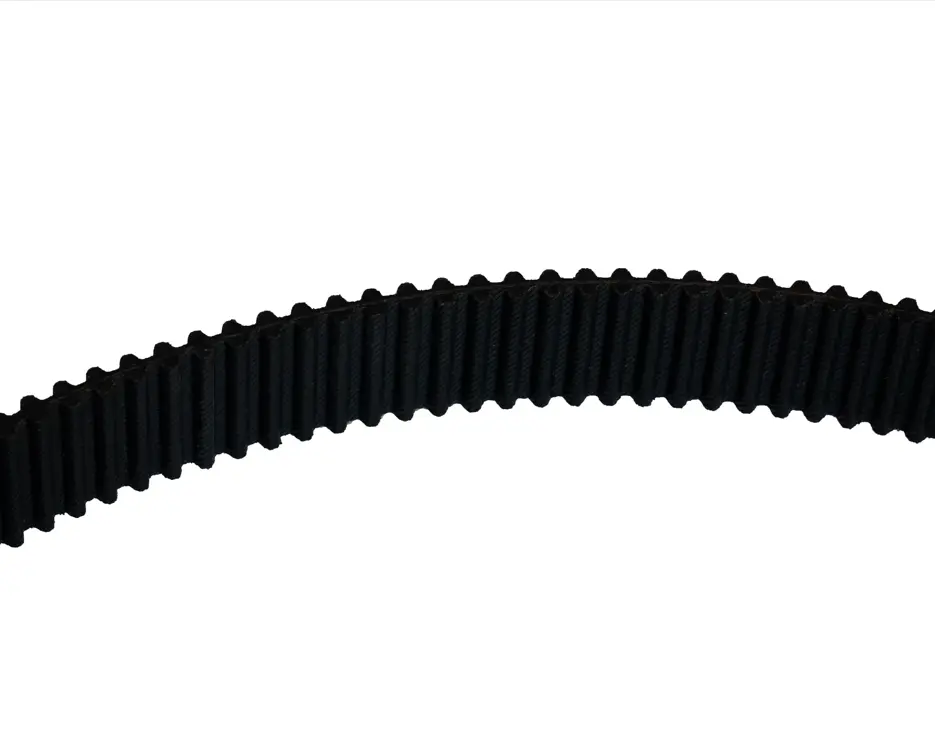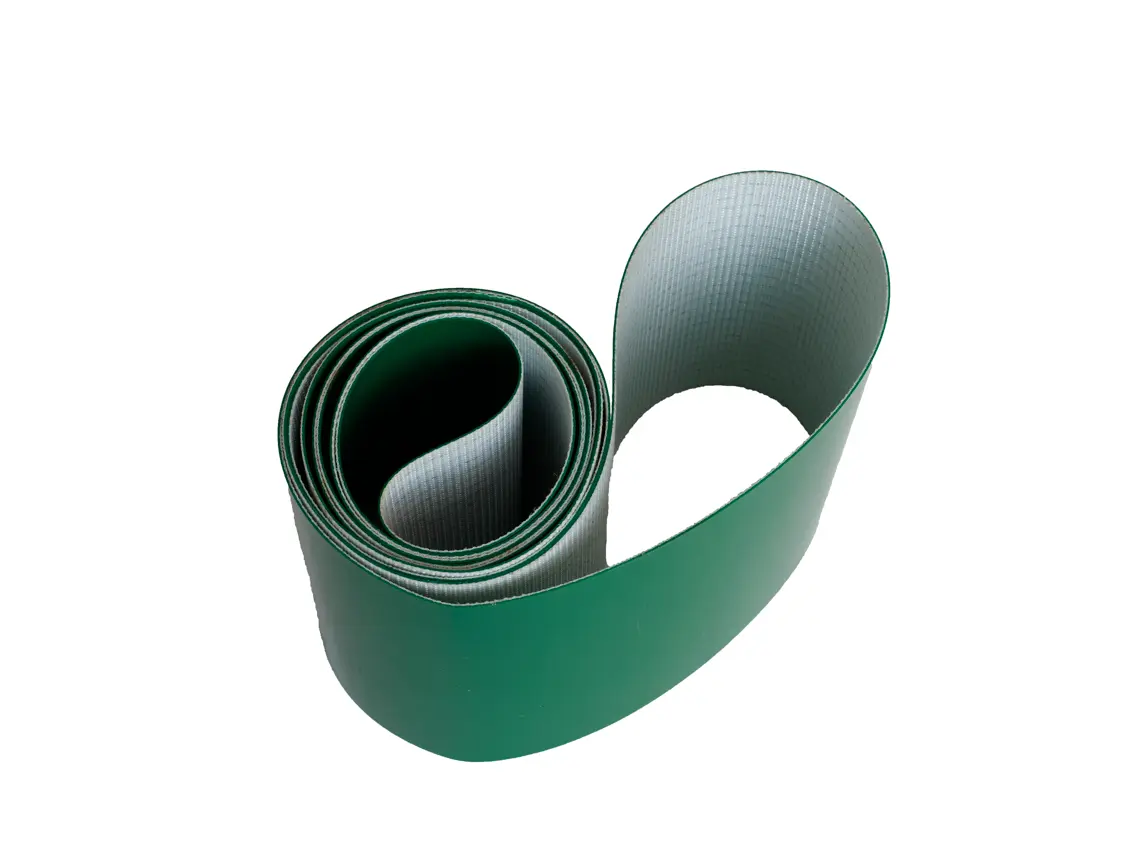How Custom Timing Pulleys Enhance Efficiency in Industrial Automation?
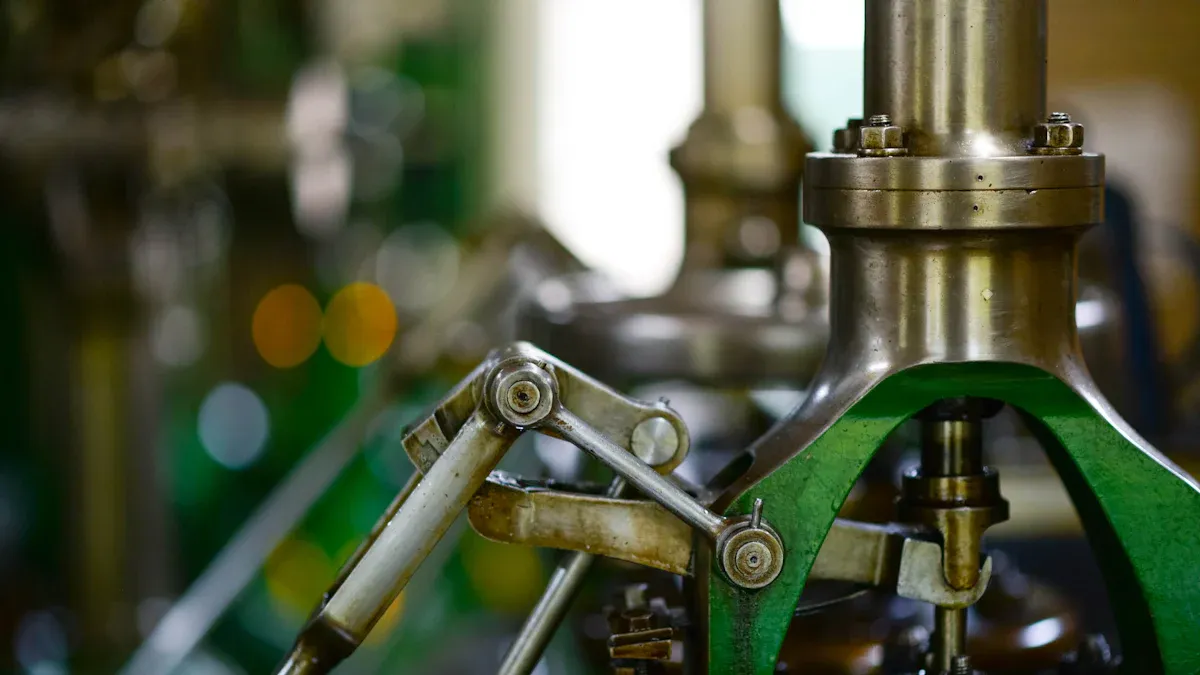
Custom Timing Belt Pulleys play a vital role in boostingefficiency in industrial automation. They optimize power transmission, which helps reduce wear and tear on machinery. These pulleys ensure precise movement and synchronization, essential for automated processes. Studies show that smart manufacturing can enhance productivity by 10-25% through improved synchronization, making custom designs crucial for tailored operational needs.
Key Takeaways
- Custom timing belt pulleys boost efficiency by ensuring smooth and synchronized motion in machinery, which reduces wear and tear.
- Investing in these pulleys can minimize downtime and maintenance costs, leading to long-term savings and improved reliability.
- Customization options, such as material selection and design flexibility, allow businesses to tailor pulleys to meet specific operational needs.
Mechanics of Custom Timing Belt Pulleys

Custom timing belt pulleys operate based on fundamental mechanical principles that enhance their efficiency in industrial automation. Understanding how these pulleys function helps businesses optimize their automated processes.
Functionality Overview
Custom timing belt pulleys ensure smooth and synchronized motion in machinery. They achieve this through several key principles:
| Principle | Explanation |
|---|---|
| Positive engagement | The teeth on the pulley mesh with the grooves on the timing belt, ensuring synchronized motion without slippage. |
| Load distribution | The design allows for even load sharing across multiple teeth, reducing wear and enhancing durability. |
| Precise design | The exact tooth profile and spacing enable synchronized movement, crucial for applications requiring accurate timing. |
These principles work together to maintain the efficiency and reliability of automated systems.
Key Components
For optimal performance, several key components are essential in custom timing belt pulleys:
- Proper alignment is crucial to prevent wear and ensure efficiency.
- Matching the belt and pulley pitch is essential for optimal performance.
- Correct tensioning of the timing belt is necessary to avoid slippage.
- Material selection, such as using lightweight aluminum, can enhance efficiency.
By focusing on these components, industries can significantly improve the performance of their automated systems. Custom timing belt pulleys not only enhance load strength but also ensure precise power transmission, which is vital for maintaining synchronization in applications like robotics and CNC machines.
Advantages of Custom Timing Belt Pulleys in Industrial Settings
Custom timing belt pulleys offer several advantages that significantly enhance industrial operations. These benefits include increased efficiency, reduced downtime, and cost-effectiveness. By understanding these advantages, businesses can make informed decisions about their automation systems.
Increased Efficiency
One of the standout benefits of custom timing belt pulleys is their ability to boost efficiency. These pulleys are designed to meet specific operational needs, which leads to better performance. For instance, coated Timing Belts can reduce friction, resulting in lower energy loss.
| Metric | Coated Belts | Uncoated Belts |
|---|---|---|
| Friction Coefficient | 0.18 | 0.28 |
| Energy Loss per Cycle | 12% | 22% |
This table shows how much more efficient coated belts are compared to their uncoated counterparts. In textile machinery, coated belts can reduce tooth wear by 60%, leading to production cycles that are 18% faster. In food processing, these belts last an average of 23,000 hours, which is 40% longer than uncoated options. Factories that switch to coated systems report energy efficiency improvements of 18-23%, thanks to reduced surface friction.
Reduced Downtime
Another significant advantage of custom timing belt pulleys is their ability to minimize downtime. When businesses use tailored designs, they often see fewer mechanical failures. For example, redesigned pulleys can eliminate slippage and misalignment issues. This results in smoother operations and less time spent on repairs.
Tip: Investing in custom timing belt pulleys can lead to substantial long-term savings by reducing maintenance costs and improving overall system reliability.
A case study showed that a new pulley design significantly reduced downtime and maintenance costs, enhancing the efficiency of a conveyor system. The robust design minimized system failures, which is crucial for industries like baggage handling, where reliability is key.
Cost-Effectiveness
Custom timing belt pulleys also contribute to cost-effectiveness over the lifecycle of industrial machinery. They improve efficiency by matching the exact requirements of the machinery, which enhances performance. This leads to longer equipment lifespans and lower long-term costs.
- Custom pulleys ensure precise alignment and better load distribution, enhancing durability.
- They reduce wear and tear on belts and other components, leading to lower maintenance costs.
- Their versatility allows for tailored designs that fit a wide range of applications.
By minimizing the risk of mechanical failure, custom pulleys help reduce downtime and the need for frequent maintenance. This reliability is essential for businesses looking to optimize their operations.
Applications of Custom Timing Belt Pulleys in Automation

Custom timing belt pulleys find extensive applications in various sectors of industrial automation. Their ability to enhance precision and reliability makes them indispensable in modern machinery. Let's explore how these pulleys are utilized in robotics, conveyor systems, and CNC machinery.
Robotics
In robotics, custom timing belt pulleys play a crucial role in ensuring precise movement and control. They facilitate the accurate positioning of robotic arms and other mechanical components. This precision is vital for tasks like assembly, welding, and material handling.
- Custom timing belt pulleys help achieve:
- Accurate positioning: They ensure that robotic components move exactly where needed.
- Smooth motion control: This reduces the risk of jerky movements, which can lead to errors.
For example, in a manufacturing plant, robots equipped with these pulleys can perform tasks with a positioning accuracy of ±0.003mm. This level of precision increases the pass rate of operations from 95% to 99%. Such improvements not only enhance productivity but also minimize waste.
Conveyor Systems
Conveyor systems are another area where custom timing belt pulleys shine. These systems require reliable and efficient power transmission to move materials smoothly from one point to another.
- Key benefits of using custom timing belt pulleys in conveyor systems include:
- Reduced slippage: Custom designs ensure that the belt remains engaged with the pulley, preventing delays.
- Uniform tension: This stability allows for continuous production without interruptions.
In the food processing industry, for instance, conveyor systems equipped with custom timing belt pulleys can operate continuously for 12 months without residue buildup. This not only meets stringent hygiene standards but also simplifies cleaning processes.
CNC Machinery
CNC (Computer Numerical Control) machinery relies heavily on custom timing belt pulleys for precise motion control. These pulleys ensure synchronized and accurate rotation, which is critical for machining operations.
- Benefits of custom timing belt pulleys in CNC machinery include:
- High timing accuracy: They maintain a transmission ratio error of ≤0.003%, which is essential for detailed machining tasks.
- Enhanced durability: Aluminum Timing Pulleys, for example, are designed to withstand wear and tear, ensuring long-lasting performance.
Using these pulleys, CNC machines can achieve a positioning accuracy that significantly improves production quality. This precision is vital for applications like 3D printing and intricate component manufacturing.
Customization Options for Timing Belt Pulleys
Customization plays a crucial role in enhancing the performance of custom timing belt pulleys. By selecting the right materials, sizes, and designs, businesses can tailor these components to meet their specific operational needs.
Material Selection
Choosing the right material for custom timing belt pulleys significantly impacts their performance and durability. Here’s a quick look at some common materials:
| Material Type | Common Materials | Advantages | Considerations |
|---|---|---|---|
| Metallic | Steel | High tensile strength, durability | Adds weight, may not be ideal for lightweight applications |
| Non-Metallic | Fiberglass, Kevlar®, Polyester | Flexibility, lightweight, corrosion resistance | May not match tensile strength of metallic materials in some cases |
Selecting the appropriate material can enhance the pulley’s lifespan and efficiency, especially in demanding environments.
Size and Shape Variations
Custom timing belt pulleys come in various sizes and shapes to address specific industrial requirements. Here are some common types:
| Pulley Type | Description | Application |
|---|---|---|
| Type 6FC | Flange on one side, stable support for tighter installation. | General applications requiring stability. |
| Type 6F | Long hub projection, wide face width for stability and alignment. | Applications needing enhanced stability. |
| Type 6 | Simple design, wider face width, suitable for general applications. | General timing belt applications. |
| Type 6W | Lighter version of Type 6, reduced material for weight savings. | Applications prioritizing weight reduction. |
| Type 3F | Flanges on both sides for full belt containment. | Applications sensitive to belt misalignment. |
| Type 3 | Non-flanged, streamlined profile. | General use without special requirements. |
These variations help businesses optimize their systems for specific tasks, ensuring better performance.
Design Flexibility
The design flexibility of custom timing belt pulleys allows for tailored solutions that meet unique operational challenges. Customization can address:
- Precision in applications
- Efficiency in operations
- Reliability in performance
- Reduction of downtime
- Minimization of maintenance costs
- Enhancement of overall operational efficiency
By customizing features like bore diameters, tooth profiles, and coatings, companies can significantly improve the performance and longevity of their machinery.
Custom timing belt pulleys are crucial for boosting efficiency in industrial automation. They offer tailored solutions that enhance performance and cut costs. Their benefits, like increased efficiency and reduced downtime, make them a smart investment for businesses. Customization helps industries tackle unique challenges effectively. For instance, variable tooth profiles and material selection allow companies to optimize their operations.
Tip: Investing in these pulleys can lead to smoother operations and longer equipment life.
FAQ
What are custom timing belt pulleys?
Custom timing belt pulleys are specially designed components that optimize power transmission in machinery, enhancing efficiency and performance in industrial automation.
How do custom pulleys reduce downtime?
Custom pulleys minimize mechanical failures by ensuring precise alignment and load distribution, leading to smoother operations and less time spent on repairs.
Can I customize the size of timing belt pulleys?
Yes! Custom timing belt pulleys can be tailored in size, allowing businesses to meet specific operational needs and enhance overall system performance.

